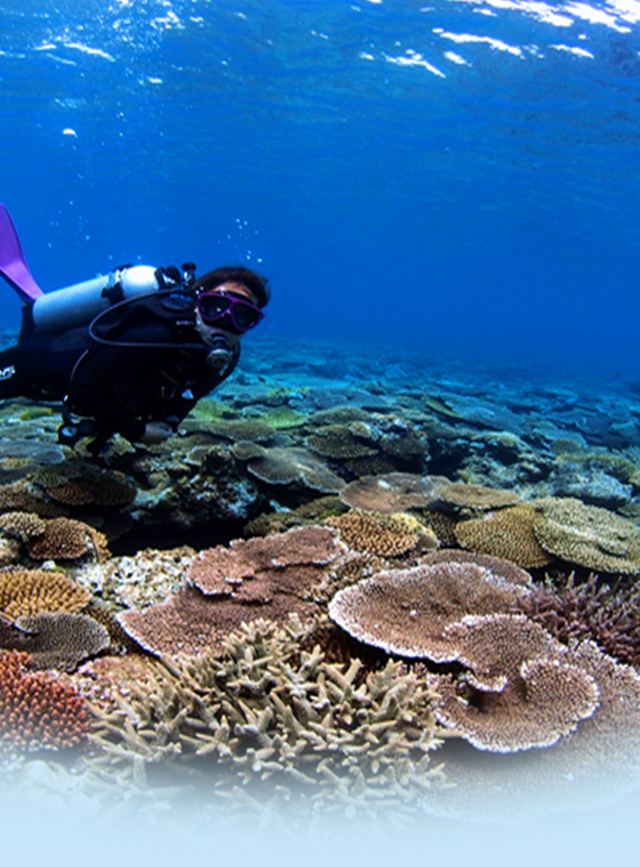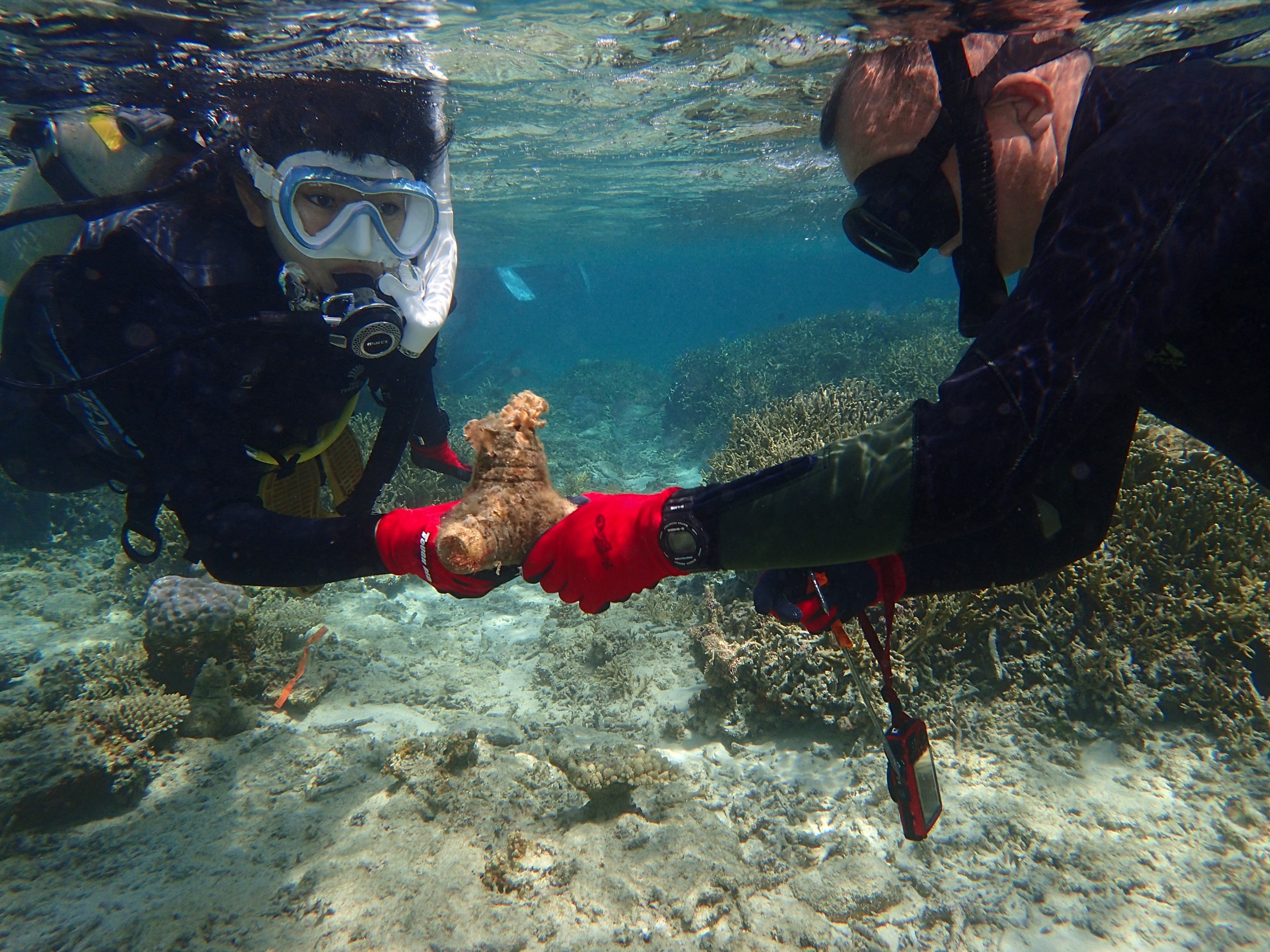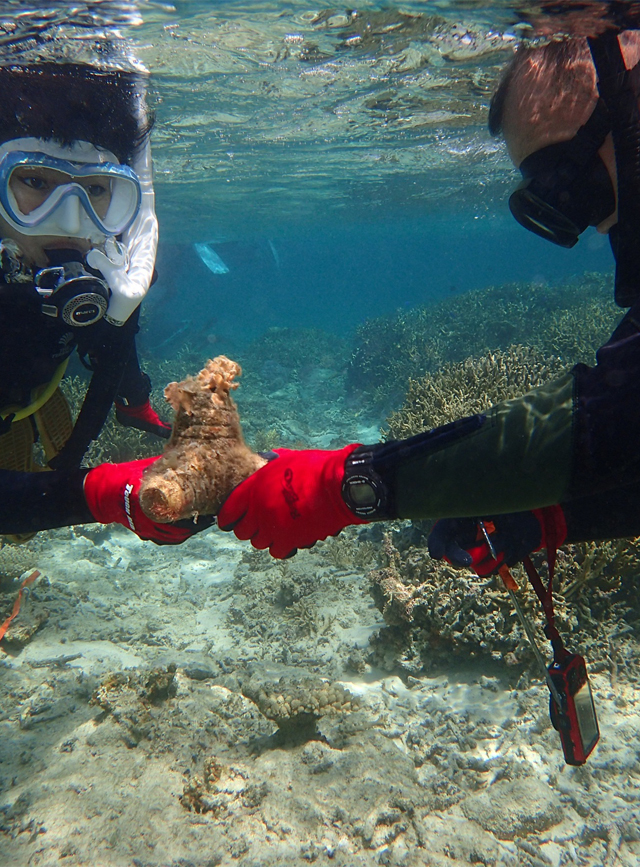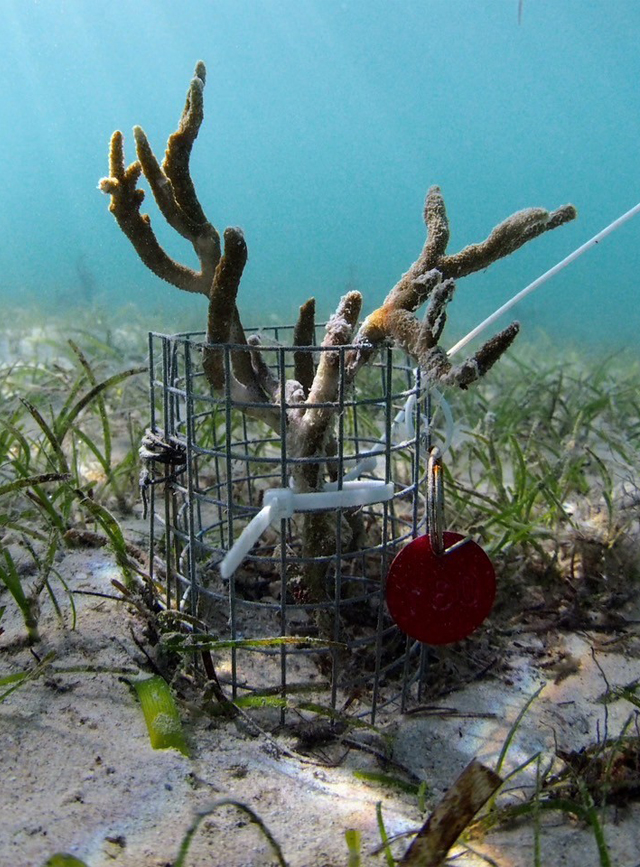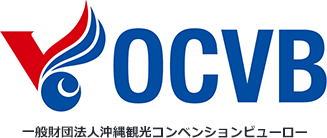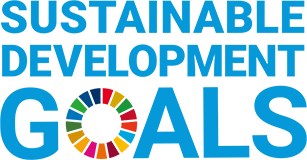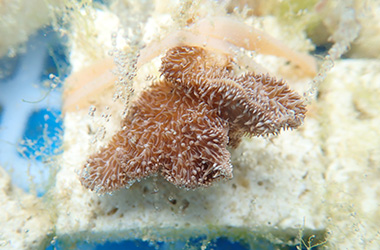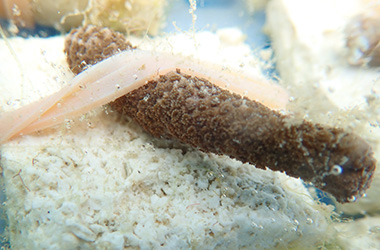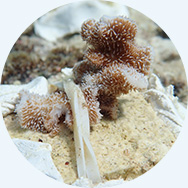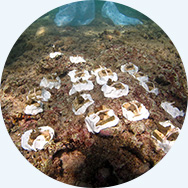To save the beautiful ocean in Okinawa
Busena Marine ParkFarmed Coral Transplanting Project
The first phase
Transplanting PlanFrom July 2021
- 1.Transplanting Plan ▼
- 2.Raising Coral Seedlings ▼
- 3.Transplantation Work ▼
- 4.Record of Growth ▼
- 5.Future Challenges ▼
1.Formulation of farmed coral transplanting plan
2020 marked the 50th anniversary of Busena Marine Park. As a commemorative project for the milestone and one of the SDGs activities implemented by the Okinawa Convention & Visitors Bureau (OCVB), Busena Marine Park decided to formulate and implement a farmed coral transplanting plan in cooperation with the nonprofit organization Coral Okinawa, which works on coral preservation.
Busena Marine Park is a tourist facility managed and operated by OCVB, which was registered as an “Okinawa SDGs Partner” on February 1, 2021. OCVB clearly stated in the SDGs Plan submitted to the prefecture that it puts maximum effort to preserve the natural environment of Busena Marine Park.
OCVB was registered as the Okinawa SDGs Partner.
memo
Currently, many different organizations implement coral transplantation, but a standardized method or technique has yet to be established. It is not uncommon for monitoring research after transplantation to reveal a survival rate of 0%. However, there are cases where corals transplanted over 20 years ago have successfully grown and even reproduced. Busena Marine Park referred to past examples when deciding how, where, and what type of coral to transplant.Additionally, the transplantation plan follows the “Okinawa Prefecture Coral Transplantation Manual” and “Japan Coral Reef Society: The Transplantation Guideline for Reef-Building Corals.”
Permission of Coral Transplantation
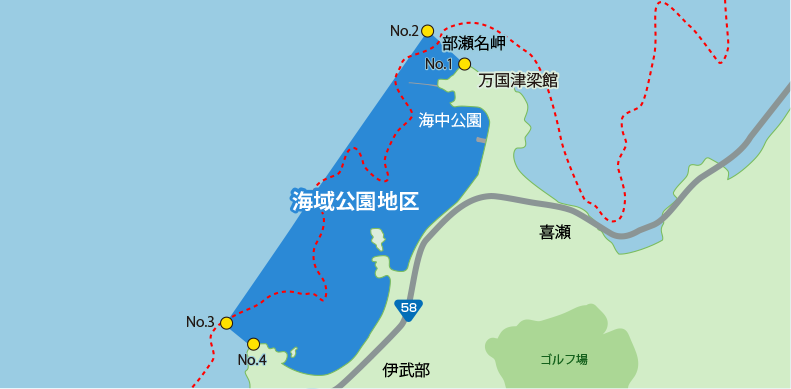
The Okinawa Kaigan Quasi-National Park - Marine Park Area
Selection of transplanting location
Coral is a highly sensitive creature; therefore, it cannot grow well under unsuitable conditions. The transplanting location must be selected carefully, considering multiple factors such as depth, water quality, water temperature, current direction, seafloor conditions, the presence of natural enemies, and more.
Additionally, the location must be easily accessible so that visitors can observe the corals in the future.
We have selected a transplanting location near the pier of the glass-bottom boat that meets the following conditions:
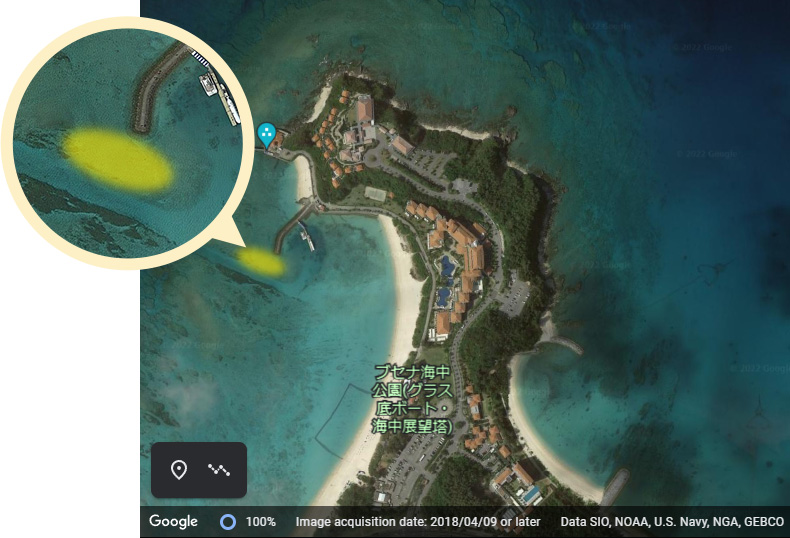
Conditions for the selection


The location is approximately 3 meters deep, close to the pier, and easy to access for transplantation and monitoring.


The seafloor is flat and rocky, which is ideal for coral transplantation.


There are nearby living coral reefs in good condition that demonstrate suitable conditions.


The presence of a current prevents coral bleaching due to high water temperatures during the summer


There are few natural enemies of coral, such as Crown-of-thorn starfish, Coral-eating gastropods, and Parrotfish.
Source of “mother” coral and its type
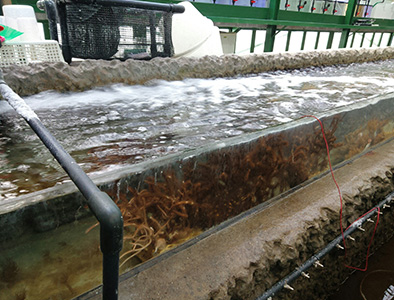
The Okinawa Fisheries Adjustment Regulations prohibit the gathering, possessing, buying, and selling of reef-building corals. Therefore, legally cultured coral must be used for coral transplantation.
There are multiple facilities that culture coral in Okinawa, but we asked Sango Batake, which has excellent experience in coral preservation, to provide two types of mother coral.
Sango Batake is the largest coral farm in Japan that can culture up to 300 thousand coral seedlings at maximum. The facility implements coral transplantation by gathering natural corals based on special permission from the Okinawa prefecture and breeding them.
We decided on transplanting coral species based on the following conditions.


It is a common species and has easily obtainable donor (mother) corals.


It can be obtained from the west shore of Okinawa main island to ensure genetic proximity to the corals already inhabiting the area.


It is cultured by a reliable farm.


There are past examples of successful transplantation of the species, and it has a high potential to survive after being transplanted to Busena Marine Park.
-
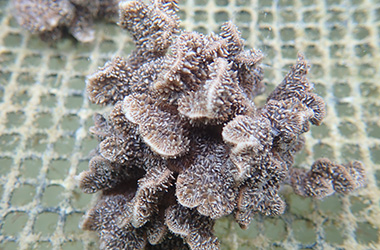
- Plate Coral Pavona decussata.
- Different from branched corals, it develops a thick plate-like vertical structure that is durable against physical impact such as strong waves. As a pioneer species, it starts growing in environments with hardly any other organisms, promoting the growth of other types of corals. There is an established method to nurture the seedlings, and there are many successful cases of transplantation in the past. It is one of the most resilient species for the high water temperatures in the summer.
-
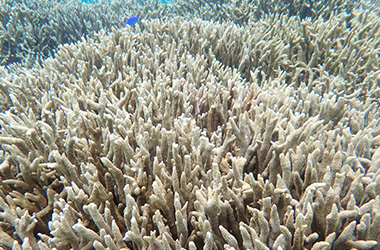
- Branched Montipora CoralMontipora spumosa.
- Currently inhabiting species at Busena Marine Park has a high potential to survive after transplantation. Its vertically growing branches make it less susceptible to being covered by sand. It is possible to obtain a donor (mother coral) within Okinawa prefecture, and there is an established method to nurture the seedlings with many successful cases of transplantation in the past. It is relatively resilient to high water temperatures.
memo
The coral transplantation guideline of the Coral Reef Society states that "one should take maximum care to avoid genetic pollution of the coral reef ecosystem."It is important not to introduce coral species that are not native to the area. Additionally, even when transplanting species that are already present in the area, special care must be taken if they are being transplanted from a remote location to prevent genetic pollution of the existing coral colonies."
2.Nurturing coral seedlings
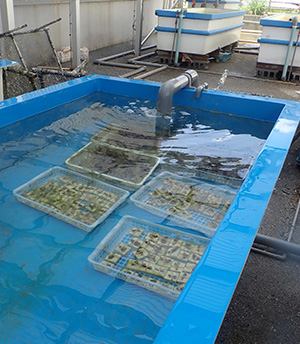
The coral seedlings were nurtured at the Ginowan Marine Support Center (Maririn), although there are several facilities in Okinawa prefecture that can grow coral seedlings. Maririn works with Ginowan city, the Ginowan city tourism promotion association, a fisheries cooperative, and local marine-related companies to operate coral preservation activities.
Maririn has four 1-ton water tanks equipped with a pumping system that draws seawater from the ocean nearby. This allows the coral seedlings to be nurtured in almost natural conditions using seawater.

During the first phase (March 21, 2021), We prepared about 50 seedlings of two types of corals with the help of residents and children living near Maririn. Nurturing and preparing coral seedlings

Place pieces of coral cut from the donors on bases made of Ryukyu limestone and secure them using natural rubber. After being nurtured in this condition for a few months, the coral pieces will form membranes and adhere to the bases.
To minimize damage, the securing process was performed underwater quickly. When securing with natural rubber, the pieces of coral were placed on the bases in a way that maximizes their adhesive area.
3.Coral Transplantation Work
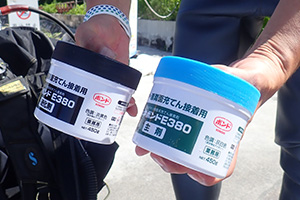
Method
While there are several methods for cultured coral transplantation, we chose the "glue method," which has a high success rate and is suitable for the conditions at Busena Marine Park. The mixture of two types of special glue hardens 20 minutes after being mixed.
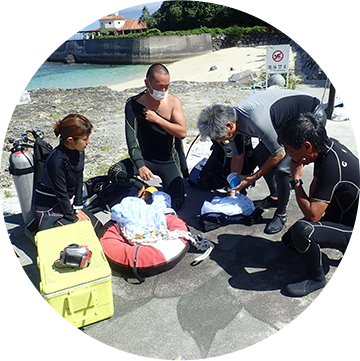
The first round of coral transplantation was carried out on July 7, 2021. Before entering the water, the participants received a briefing on coral transplantation. A team of five people carried out the transplantation.
For safety reasons and to comply with time limitations, the transplantation position and procedure were carefully confirmed before the work began.
Transplantation work
-
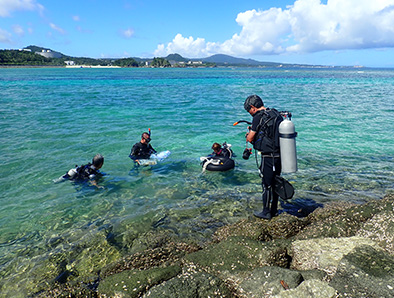
Step1
Enter the water from a pier at Busena Marine Park and carefully transport the coral seedlings to the transplantation site 15 meters offshore.
-

Step2
Remove any algae from the surface of the site using brushes, as they reduce the adhesion strength of the underwater glue.
-
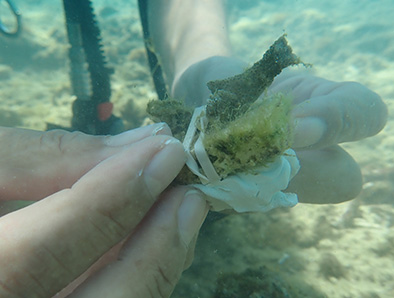
Step3
After removing the algae, mix the glues quickly in the sea and apply the mixture to the base of the coral seedlings. The required amount of glue per seedling is approximately the size of a golf ball.
-
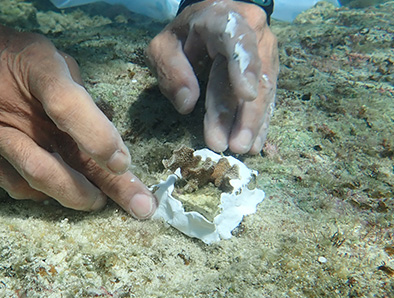
Step4
Adhere the coral seedlings to the seafloor using the underwater glue. It can be challenging to work in the water, but the workers should apply as much weight as possible to the seedlings to ensure proper adhesion. If the adhesion is not sufficient, adjust the position and use new glue to try again.
4.Record of corals’ growth
Monitoring the growth and survival rate of transplanted corals is critical.
To achieve this, Busena Marine Park conducts research at one week, one month, three months, six months, and one year intervals after the transplantation. Here are the results of this research.
- The first phase
(From July 2021)
On July 7, 2021, we transplanted a total of 50 coral seedlings as part of the first coral transplanting operation, including 30 plate corals and 20 branched montipora corals.
-
One week laterSurvival rate 100%

July 14, 2021 【Weather: Fine】
 Monitoring research: A week after the transplantation(PDF 1.5MB)
Monitoring research: A week after the transplantation(PDF 1.5MB)
-
One month laterSurvival rate 80%
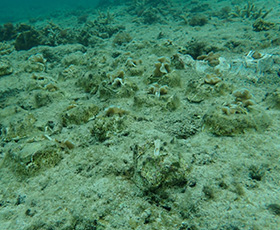
2August 11, 2021 【Weather: Cloudy】
 Monitoring research: A month after the transplantation(PDF 1.4MB)
Monitoring research: A month after the transplantation(PDF 1.4MB)
-
Three months laterSurvival rate 56%

October 5, 2021 【Weather: Fine】
 Monitoring research:Three months after the transplantation(PDF 1.6MB)
Monitoring research:Three months after the transplantation(PDF 1.6MB)
-
Six months laterSurvival rate 24%
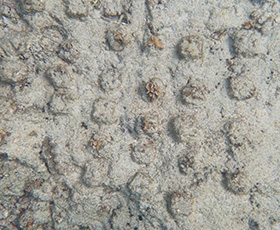
January 25, 2022 【Weather: Fine】
 Monitoring research: Six months after the transplantation(PDF 1.6MB)
Monitoring research: Six months after the transplantation(PDF 1.6MB)
-
Twelve months laterSurvival rate 12%
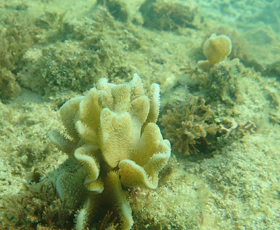
①June 22, 2022 【Weather: Fine】
②July 8, 2022 【Weather: Fine】 Monitoring research: Twelve months after the transplantation(PDF 880KB)
Monitoring research: Twelve months after the transplantation(PDF 880KB)
5.Future goals and tasks for Busena Marine Park
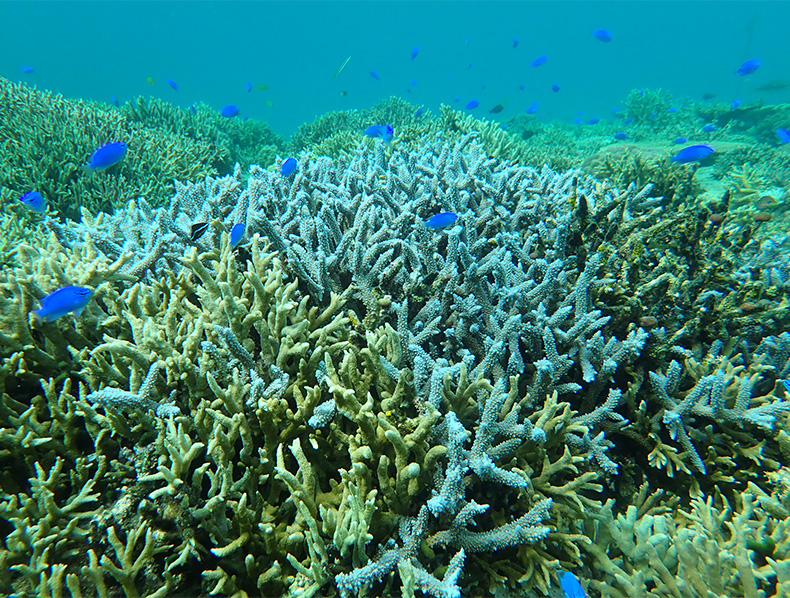
The coral transplantation project at Busena Marine Park was launched to commemorate the park's 50th anniversary. To restore the rich coral reefs and biodiversity, it is important to continue and expand the project's scope. There is also potential for further research on coral transplantation methodologies through collaboration with local businesses and research institutions. Securing the necessary funding is also a crucial aspect to consider.

General Incorporated Foundation - Okinawa Convention & Visitors Bureau
Besena Marine Park Office
1744-1 Kise, Nago city, Okinawa, JapanTEL.0980-52-3379FAX.0980-53-0675


